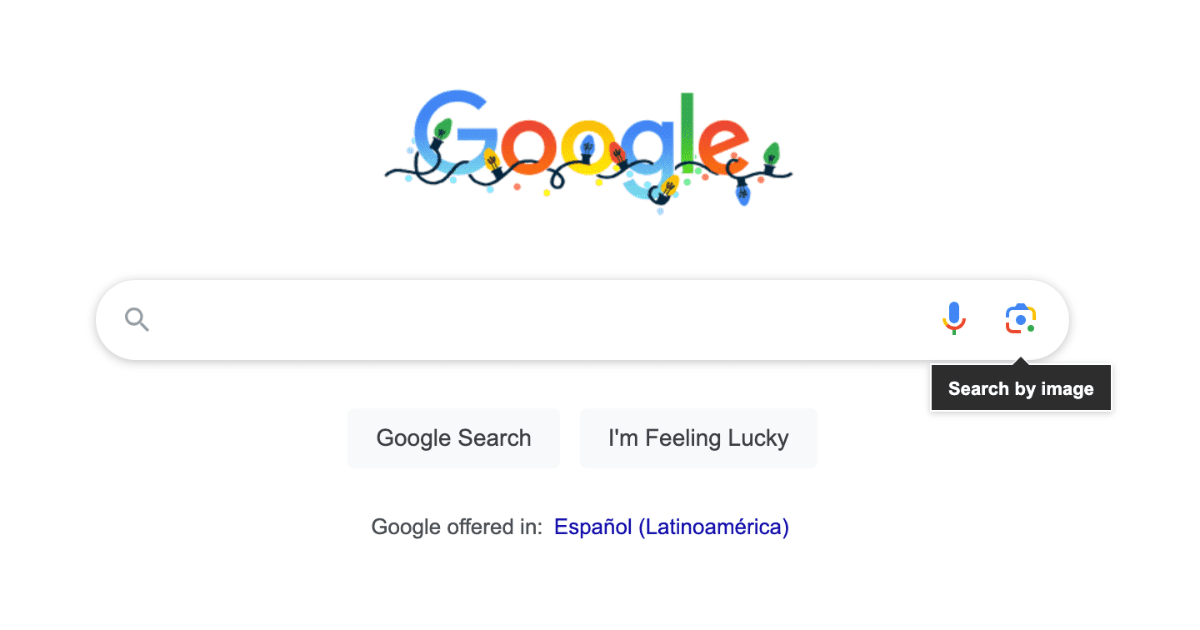In a digital world buzzing with multimedia content, identifying the original source of a video can be a challenging pursuit. The practice of reverse video search emerges as a potent tool, enabling one to trace back the origins of a video. Not only does it help attribute due credit, but it also aids in verifying the credibility of the content.
Reverse video search allows you to identify the source of a video, find similar content, check authenticity, analyze frames & objects, and aid copyright checks. To reverse video search, take a screenshot of the video or enter its URL into a reverse video search tool.
Moreover, reverse video search is also a fact-checking tool for the everyday netizen. In an era where misinformation can spread like wildfire, verifying videos before sharing them is crucial. By tracing a video to its source, one can discern whether it’s authentic or deceptive, preventing the unwitting spread of false or manipulative content.

Understanding Reverse Video Search
Our interaction with video content has evolved beyond passive viewing in the digital age. We now have powerful tools at our disposal to delve deeper into the online platform of videos, one of which is reverse video search.
Google reverse video search is a feature indirectly available on search engines like Google and Bing that allows you to upload an image or screenshot of a video clip. This function then searches the web for similar videos or related content. The process involves advanced computer technology and image recognition algorithms, which analyze the distinctive frame in your uploaded image to find matching or similar videos online.
To perform a reverse video search, you typically use the camera icon in the search bar of the search engine’s home page. For instance, Google Images and Google Lens offer this feature, and it’s also available on other search engines. You can even use this feature on mobile, although the desktop version usually provides a more comprehensive experience.
Using this function, you can trace a video’s origins, find similar videos, and even identify objects within a video. For example, if you come across a funny or valuable video on an online platform and want to find the same video or videos similar to it, you can take a screenshot of the video and use the reverse video search function.
Besides being a helpful tool for casual browsing, reverse video search has practical applications in various industries. It’s a critical feature for marketers tracking their video content’s impact, journalists verifying sources, or researchers finding specific video content.

Methods for Reverse Video Search
Navigating the world of videos can feel like a labyrinth. But with the right tools and techniques, you can unlock the hidden depths of your favorite clips. Let’s delve into some of the most effective methods for reverse video search:
Google Images or Google Lens
The search giant offers a robust reverse video search capability. Simply upload a snapshot from the video, and Google will scour its extensive database to find similar images and videos. This method is particularly effective when the video has distinctive frames that stand out.
Berify
Berify is a dedicated reverse image search engine that excels at finding videos. It uses multiple search engines, boosting the chances of finding the exact or similar content. Its advanced algorithms ensure accurate results, making it a reliable choice.
Bing and Yandex Image Search
Both Bing and Yandex offer comprehensive image search capabilities. While they may not be as popular as Google, they often yield unique results, making them worthy additions to your reverse search toolkit.
TinEye Image Search
This tool specializes in finding the origin of images, making it a potent ally in your reverse video search quest. TinEye can unearth the roots of your video, offering insights into its history and spread.

Step-by-Step Guide to Reverse Video Search
Now that we’ve explored the methods, let’s break down the process of reverse video search into simple, manageable steps:
Capture the Perfect Snapshot
Start by playing the video in high quality. Look for a distinctive frame that stands out and take a screenshot. This image will be your key to unlocking similar content.
Choose Your Tool
Based on what you’re looking to achieve, select the appropriate tool. Google Images or Berify might be your best bet if you want extensive results. For object recognition, opt for Google Lens.
Upload the Snapshot
Navigate to the search engine’s home page and click on the camera icon in the search bar. This will allow you to upload the image and start its reverse video searching. You may need to request the desktop site if you’re using a mobile device in some cases.
Analyze the Results
Once you’ve uploaded the image, the tool will display images and videos similar to your snapshot. Take the time to explore these results, as they often lead to the video you’re searching for.
Repeat with Different Tools
Don’t limit yourself to a single search engine. Each tool offers unique results, so broaden your search to increase your chances of success. This is particularly important when the video is challenging to find or has limited information available.

Benefits of Reverse Video Search
- Unmasking the Source: Ever come across a captivating video with no clue about its origin? Reverse video search comes to the rescue. By uploading the video or its URL, you can trace the video back to its roots, unearthing where it first sprung up on the internet.
- Uncovering Similar Content: If a particular video caught your fancy, wouldn’t you love to find more of the same ilk? Reverse video search features makes it happen. It’s like having a personal assistant who hunts down content tailored to your tastes.
- Authenticity Check: Verifying authenticity is crucial with the rise of deepfakes and doctored videos. Reverse video search acts as your digital detective, comparing the video against a vast database to determine if it has been tampered with or is genuine.
- Boosting Video SEO: For content creators and marketers, reverse video search is a secret weapon for video SEO. By finding competitors’ videos and analyzing them, you can optimize your creations for maximum visibility. Then, there’s the backlink discovery aspect. By tracing video origins, you can uncover who’s using your content and request a backlink to your website or channel.
- Finding Hidden Gems: Reverse video search is not limited to popular platforms like YouTube and Vimeo. It also searches lesser-known websites, unearthing hidden gems that would have otherwise gone unnoticed.
- Aids in Copyright Infringement Detection: With the rampant issue of copyright infringement, reverse video search comes to the rescue by identifying if a video has been illegally reproduced or used without permission.

Applications in Various Industries
- Marketing & Advertising: Marketers can use reverse video search to track where their content is being shared, assess its impact, and devise strategies for future campaigns. The backlink discovery aspect can also help in influencer marketing.
- Journalism & Media: For journalists, reverse video search is a godsend. It enables them to verify the authenticity of videos, trace their origin, and ensure accurate reporting. It’s an invaluable tool in the fight against fake news.
- Law Enforcement & Security: Reverse video search has significant implications for law enforcement and security agencies. It can help identify individuals, locations, and objects in surveillance footage, aiding investigations and ensuring public safety.
- Entertainment: In the entertainment industry, reverse video search can help in finding similar content, uncovering plagiarism, and tracking the spread of viral videos.
Challenges and Limitations
Reverse video search is an impressive function, yet it’s not without potential hitches. Here are some hurdles you might face:
- Database Constraints: No search engine has indexed the entire web, leaving some videos unreachable. Even when using multiple search engines, certain content remains elusive.
- Snapshot Dependence: The success of your reverse video search hinges on the distinctiveness of your video screenshot. Generic frames can lead to fewer search results.
- Potentially Inaccurate Results: Reverse image search algorithms, which power the reverse image search function, can occasionally return unrelated content or miss the exact video. Major search engines like Google and Bing continually improve their algorithms to overcome this hurdle.
- Mobile vs. Desktop Functionality: Most reverse video search tools are optimized for desktop use. While mobile versions exist, they often lack features found on the desktop site, limiting the search experience.
Conclusion – Significance of Reverse Video Search
The impact of reverse video search in our digital lives is significant. Despite its limitations, the myriad benefits it offers are transformative. From tracing origins to uncovering similar videos, from authenticating a funny or valuable video to optimizing SEO, the reverse search function revolutionizes our interaction with online video content.
Whether you’re a marketer tracking your campaign’s impact, a journalist verifying sources, or a curious netizen exploring a particular video, reverse video search is your powerful tool. Its integration of advanced computer technology and image recognition capabilities make it more than a feature on Google or other search engines—it’s a game-changer.
In a nutshell, reverse video search is like having a master key to the world of online videos. It lets you uncover sources, discover related content, verify authenticity, and boost your video SEO. So next time you stumble upon an intriguing video, remember – you have the power of reverse video search at your fingertips. Use it, explore it, and make the most of it.




